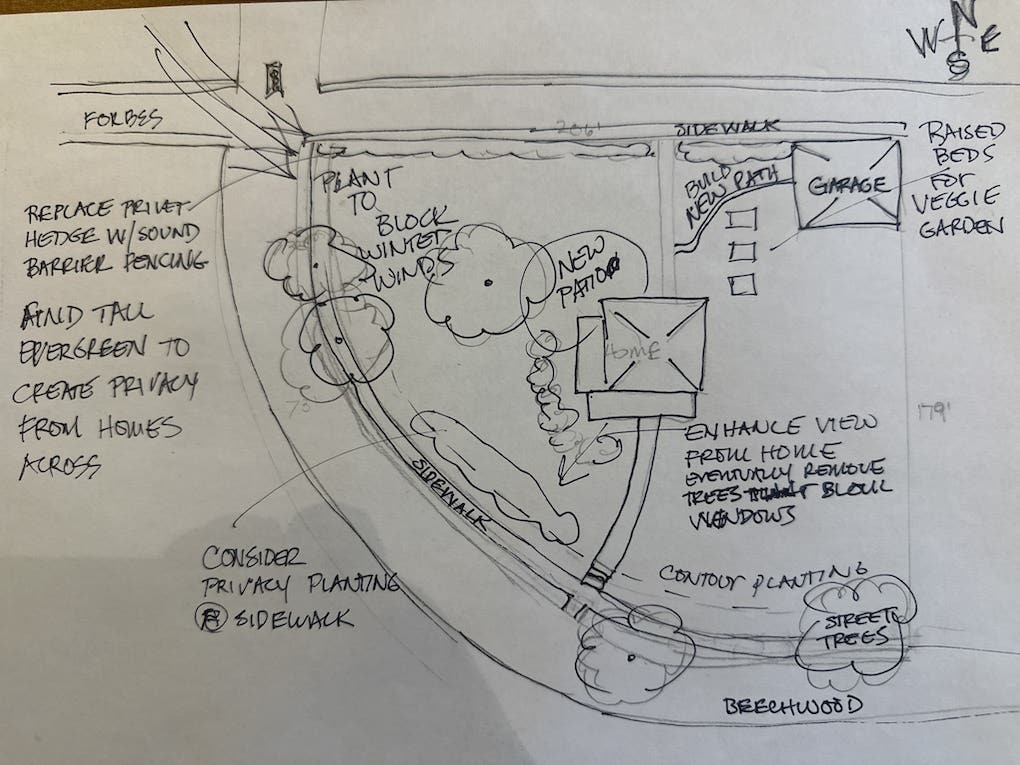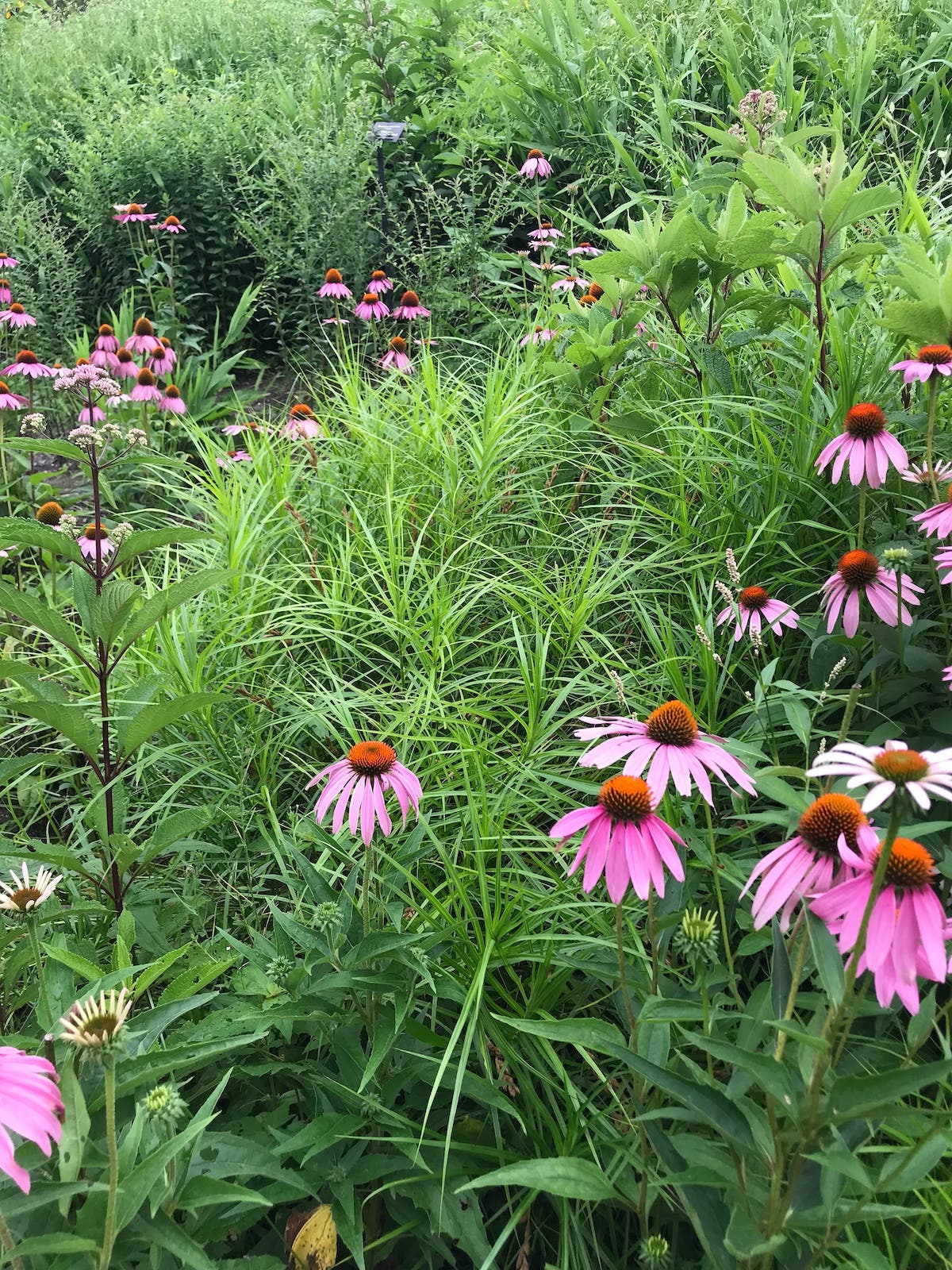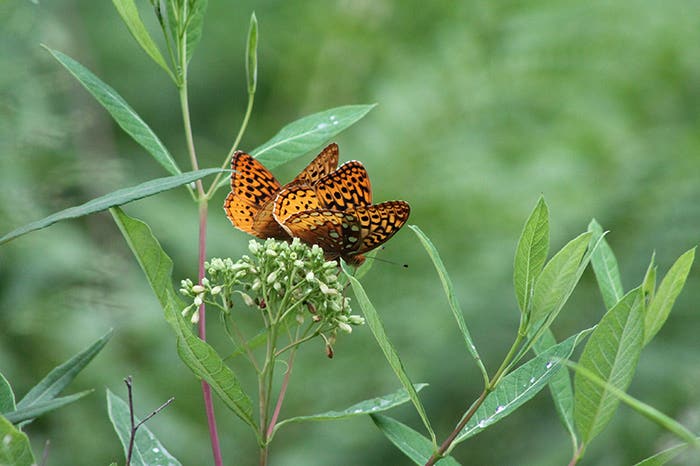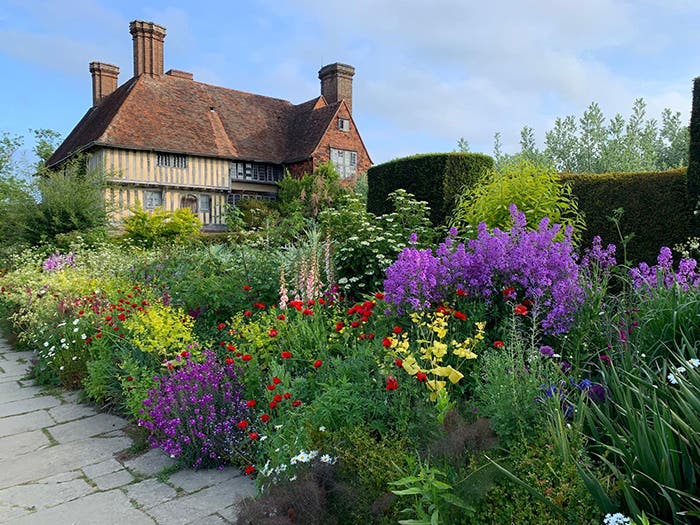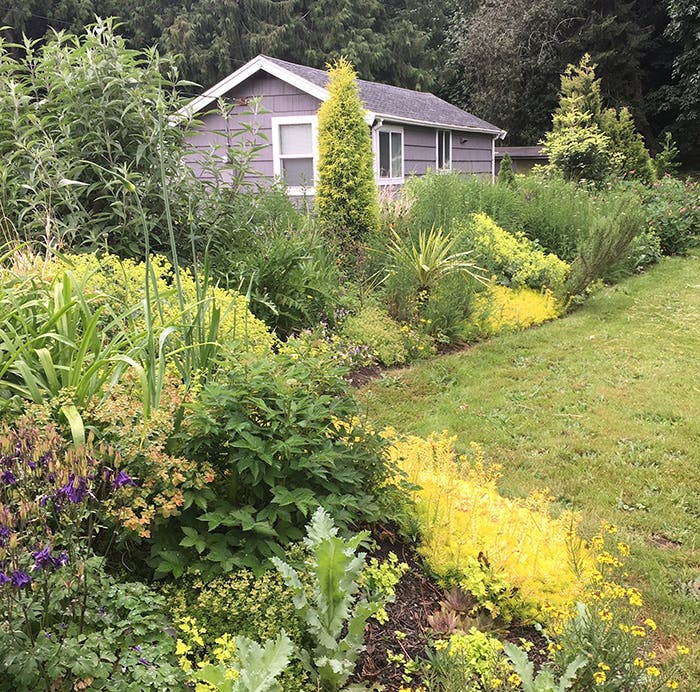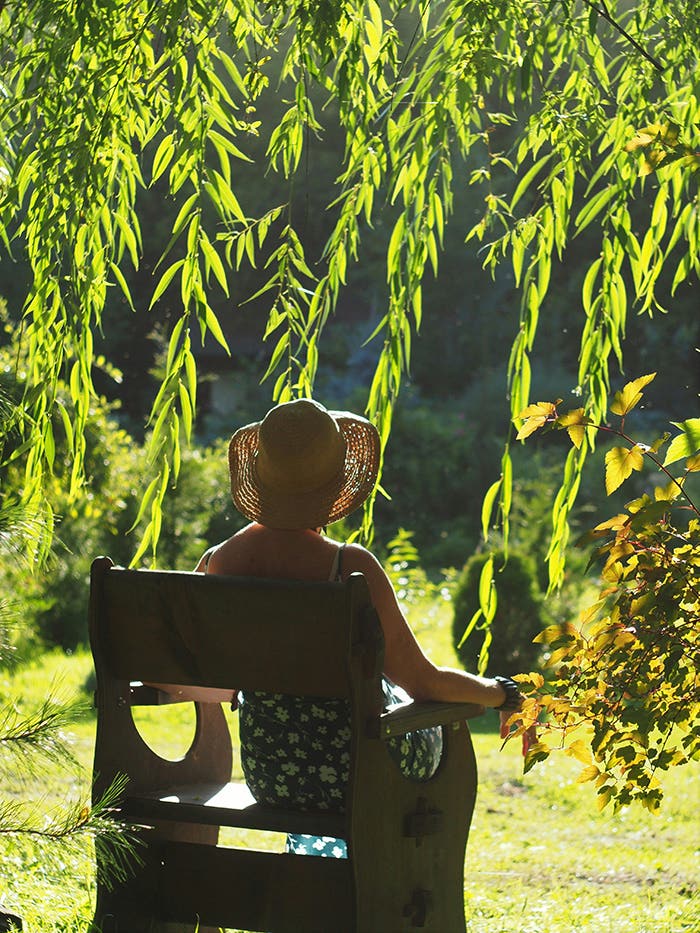Taking Up the Tradition of a Pale Garden
Vita Sackville-West’s creation still inspires.
It's been said that the most copied garden in the world is the White Garden at England’s Sissinghurst Castle, created by Vita Sackville-West in the mid-20th century. Because light-hued flowers and leaves take on a special glow at dawn and dusk, such gardens are often placed where they can be admired at those times. Do you have a porch offering comfy seating for morning coffee or a patio with a generous table for the evening meal? Such spots may provide the perfect vantage point for a pale garden, as Sackville-West herself referred to the original.
Here are other points to consider when choosing and placing plants:
White isn’t always white. A white flower may contain traces of cream, pale pink or blue, which will become much more noticeable when it is placed next to a pure-white flower. To keep all players looking their best, use green or silver foliage plants between off-whites and pure whites. (Traces of other colors within white will be most apparent during the day, so if you plan to view this area mostly in the morning or evening, the point may be moot.)
Create contrast with form, size and foliage. Your pale garden will lack the interest that comes from different colored flowers playing off one another. Be sure to use plants of different shapes and sizes, different flower forms and foliage in different shades of green, blue and silver to add depth and character.
Make sure there is a strong background behind the garden. A deep green hedge is perfect for setting off white flowers. A dark-painted wall or fence will also do the trick. Avoid colorless backgrounds.
Spring flowers for the pale garden
Shrubs and trees: false goatsbeard (Aruncus dioicus), kousa dogwood (Cornus kousa); many magnolias and rhododendrons; mock oranges (Philadelphus spp.)
Perennials: bleeding heart (Dicentra eximia ‘Alba’); lupines (Lupinus); peonies; beardstongue (Penstemon digitalis ‘Husker Red’)
Bulbs: crocus; snowdrops (Galanthus spp.); daffodils (Narcissus cvs.); tulips
Annuals: sweet alyssum (Lobularia maritima); spoon flower (Osteospermum cvs.)
Summer or autumn bloomers
Bottlebrush buckeye (Aesculus parviflora)
Anenome (try ‘Honorine Jobert’)
Astilbe
Camellias
Clematis
Cleome
Dahlia
Foxgloves (Digitalis spp.)
White coneflower (Echinacea purpurea ‘White Swan’)
Miss Wilmot’s ghost (Eryngium)
Gaura lindheimeri
Hydrangea paniculata
Lilies (such as ‘Casa Blanca’)
Gardenia
Flowering tobacco (Nicotiana alata)
Border phlox (i.e., ‘David’)
Montauk and Shasta daisies
Veronicastrum virginicum ‘Alba’
Foliage favorites
Include plants with white- or silver-marked foliage that will provide a consistent glow as white flowers pass in and out of bloom. Note that most plants with pale variegation need some shade during the day, and be aware that some are not as vigorous or stable as their plain-leaved counterparts.
Agave
Japanese painted fern
Siberian bugloss (Brunnera macrophylla)
Caladium
Sedges (Carex spp.)
Shrubby dogwood (such as Cornus alba ‘Elegantissima’)
Cyclamen
Hosta
Variegated Solomon’s seal (Polygonatum odoratum ‘Variegata’)
Lungwort (Pulmonaria spp.)
Sedum
Yucca
Image credit: tomline43/CC BY 2.0


